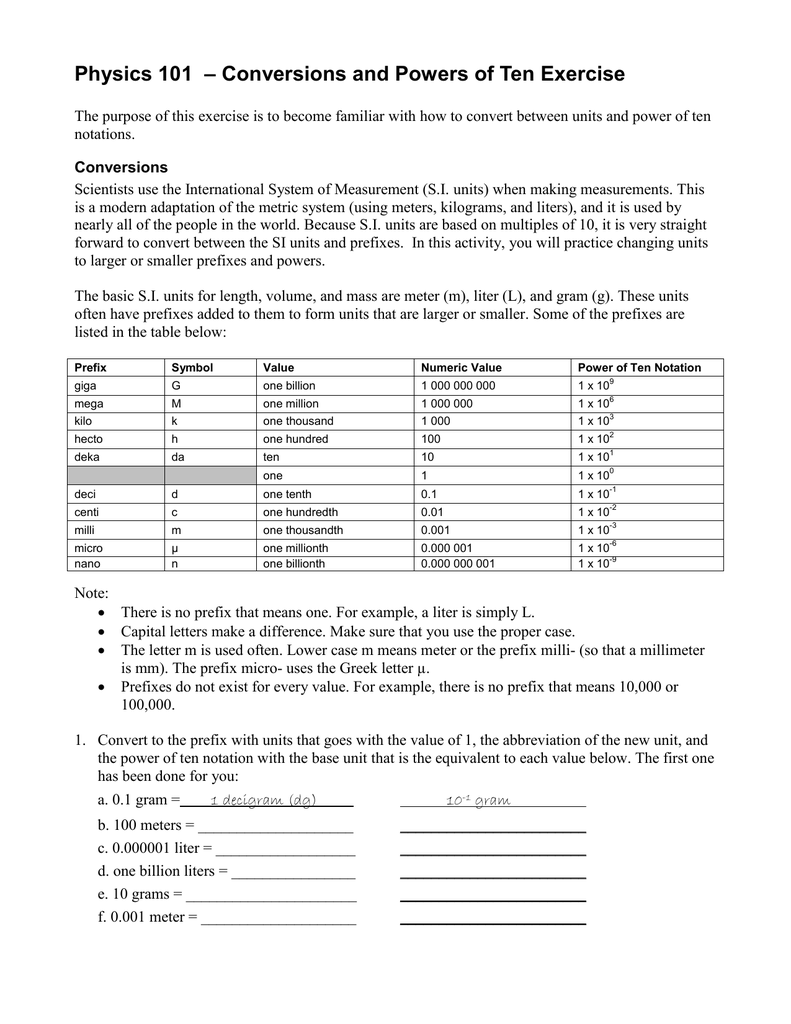

Circuits of other types or those using coils may be considered composed of a combination of step-up circuit and step-down circuit or their applied circuits.įigure 3 and Figure 4 illustrate the operations of a step-up circuit. The operating principles of stepping up and stepping down in DC/DC converter circuits will be described using the most basic type. Basic Operation Principles of DC/DC Converters Also, the input side and the output side of the controller IC must be grounded separately. This circuit, however, requires a reset circuit on the primary side to prevent magnetization of the core, increasing the number of parts. If forward transformer is used, a large power source can be easily retrieved. Fly-back transformer, however, requires void to prevent magnetic saturation in the core, increasing its dimensions. If fly-back transformer is used, the circuit can be composed of a relatively small number of parts and may be used as a secondary power supply (local power supply) circuit. Therefore, you can take out many power supplies from a single power circuit. With this type, the input side and the output side are separated by using a transformer, and the stepping up, stepping down, or reverse operation can be controlled by changing the turns ratio of the transformer and the polarity of the diode. This type is widely used for the AC/DC converters that generate DC power mainly from a commercially available AC source (100V to 240V) or for the applications that require the insulation between the input side and the output side to eliminate noises. The insulated type circuit is also known as the primary power supply (main power supply). On the other hand, this type is not liable to provide high efficiency for the applications that need a wide variety of output powers or larger currents, and is limited to applications. The charge pump type requires no coil, enabling to minimize the mounting area and height. Especially, at the step-down time, the efficiency is substantially reduced, usually to about 70% to 80%. However, the increased coils and capacitors will reduce the efficiency. The capacitor coupling two-coil type has an advantage to allow insulation between V IN and V OUT.

However, as some DC/DC controller ICs do not assume to be used with these circuit types, make sure your DC/DC controller ICs can be used with these circuit types. They can be configured as step-up or step-down DC/DC converters by using a step-up DC/DC controller IC and a step-down DC/DC controller IC, respectively. With SEPIC and Zeta, a capacitor is inserted between V IN and V OUT of the step-up circuit and the step-down circuit of the basic type, and a single coil is added. Transformer coupling types―― Fly-back transformer typeĬharacteristics of individual types are shown in Table 1.Transformer coupling types―― Forward transformer type.Charge pump (switched capacitor/coil less) type.Capacity coupling (two-coil) type ―― SEPIC, Zeta, etc.Types and Characteristics of DC/DC ConvertersĭC/DC converters are available in two circuit types: You may verify your design either by carefully calculating later by yourself or having personnel with expertise and experience review for you if you feel uncertain.

You will be able to operate your converter circuits quickly and successfully without performing complicated circuit calculations.
#Power of ten converter how to#
In this manual, which parts to be changed and how to change them to implement required operations, without expertise and experiences, are described by using concrete data. Designing the circuit satisfying the specification requirements usually needs a great deal of expertise and experience. Therefore, when designing individual products, the standard circuits must be changed according to their individual specification requirements (such as efficiency, cost, mounting space, etc.). Those parts are not necessarily optimal under individual operating conditions. Usually, the standard circuits listed on the catalogs have been designed by selecting such parts that can provide reasonable properties under the standard operating conditions. The power supply circuit is often used as a part of the circuits of the commercially available products and must be designed so that it satisfies the constraints such as size and cost as well as the required electrical specifications. Optimal external parts are generally dependent of operating conditions (input/output specifications). The properties of DC/DC converter circuits (such as efficiency, ripple, and load-transient response) can be changed with their external parts. How to design DC/DC converter circuits that satisfy the required specifications under a variety of constraints is described by using concrete examples as much as possible.

#Power of ten converter manual#
This manual provides tips for designing the circuits of DC/DC converters.


 0 kommentar(er)
0 kommentar(er)
